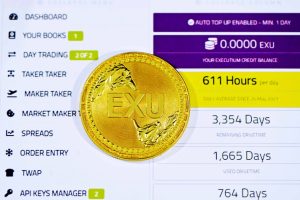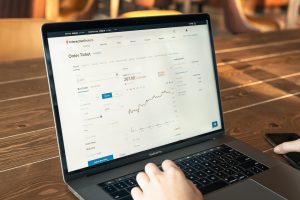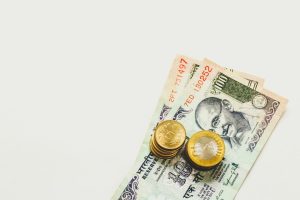Forex trading is a popular financial market where investors buy and sell currencies from different countries. It’s a 24-hour market that operates from Monday to Friday, and traders can make profits by buying and selling currency pairs. However, every forex trade comes with a price, and this price is known as the spread.
The spread is the difference between the bid price and the ask price of a currency pair. The bid price is the price at which you can sell a currency pair, while the ask price is the price at which you can buy a currency pair. The spread is usually measured in pips, which is the smallest price increment in the forex market.
For instance, let’s say that the bid price of EUR/USD is 1.2000, while the ask price is 1.2005. The spread in this case is 5 pips. This means that if you want to buy EUR/USD, you will have to pay 1.2005, which is 5 pips higher than the bid price. Similarly, if you want to sell EUR/USD, you will receive 1.2000, which is 5 pips lower than the ask price.
The spread is the main cost of trading forex, and it varies depending on the currency pair, the broker, and the market conditions. Some currency pairs have tighter spreads than others, and some brokers offer better spreads than others. In addition, the spread can widen during times of high volatility or low liquidity, which can increase the cost of trading.
Apart from the spread, there are other costs associated with trading forex. These include commissions, swap fees, and slippage. Commissions are fees charged by the broker for executing trades, and they are usually a small percentage of the trade size. Swap fees are charges incurred for holding positions overnight, and they depend on the interest rates of the currencies in the pair. Slippage is the difference between the expected price of a trade and the actual price at which it is executed, and it can occur during times of fast market movements.
When trading forex, it’s important to consider the costs involved and how they will affect your profits. A tight spread can reduce your trading costs and increase your profitability, while high commissions or swap fees can eat into your profits. In addition, slippage can cause unexpected losses, so it’s important to use stop-loss orders to limit your risk.
To minimize your trading costs, you can choose a broker that offers competitive spreads and low commissions. You can also trade during times of high liquidity and avoid trading during major news releases or market events that can cause high volatility. Moreover, you can use trading strategies that take into account the costs of trading, such as scalping or day trading.
In conclusion, the price you pay for a trade in forex is the spread, which is the difference between the bid price and the ask price of a currency pair. This cost can vary depending on the currency pair, the broker, and the market conditions. In addition, there are other costs associated with trading forex, such as commissions, swap fees, and slippage. To minimize your trading costs and increase your profitability, you should choose a broker that offers competitive spreads and low commissions, trade during times of high liquidity, and use trading strategies that take into account the costs of trading.






